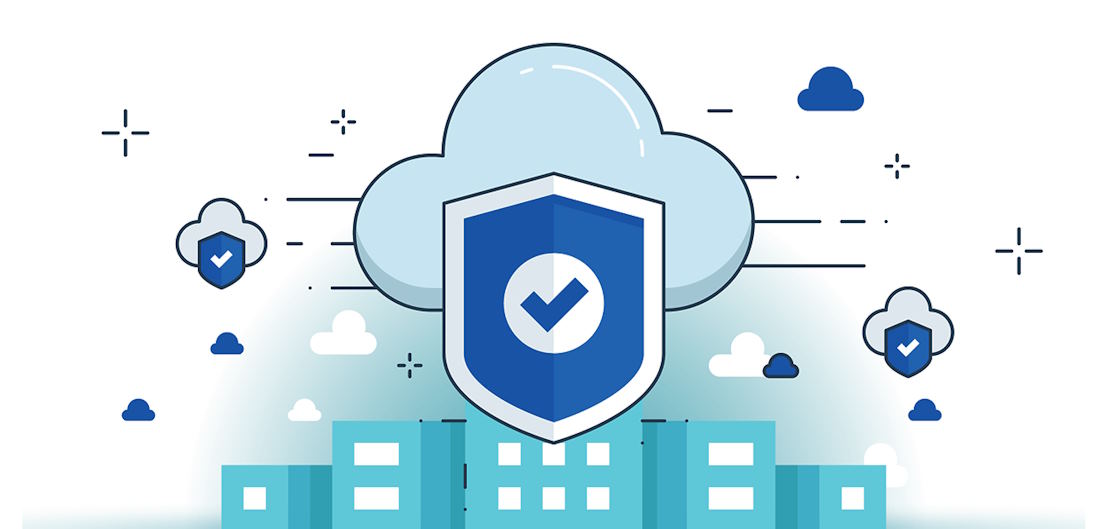Security Concerns in Software Architecture and How to Address Them
In the digital era, security in software architecture has become paramount. As software systems become more complex and integral to business operations, they become more susceptible to security threats. This article will discuss the common security concerns in software design and major security concerns in software architecture and strategies to address them effectively.
Identifying Key Security Concerns
Data Breaches:
Perhaps the most significant threat is the unauthorised access and theft of sensitive data. Data breaches can result in financial losses and harm to a company’s brand.
Malware and Ransomware Attacks:
These attacks can mutilate a system, steal data, or even hold data hostage, demanding a ransom for its release.

Strategies to Enhance Security
Incorporate Security in the Design Phase:
Security should be a consideration from the initial stages of software design and identifying and mitigating vulnerabilities in software architecture. It involves adopting a security-focused mindset and considering potential threats and vulnerabilities from the architectural design phase.
Regular Security Audits and Penetration Testing:
Conducting regular security audits and penetration tests can identify and address vulnerabilities before attackers exploit them.
Data Encryption:
Encrypting data, at rest and in transit, ensures that even if data is intercepted or accessed, it remains unreadable and secure.

Access Control and Authentication:
Implementing robust authentication mechanisms and strict access control policies ensures that assignments have a foyer for sensitive information.
Staying Updated with Security Patches:
Regularly updating software components with the latest security patches can protect against known vulnerabilities.
Employee Training and Awareness:
Educating employees about security best practices can reduce the addressing security risks in the development lifecycle of insider threats and increase overall security awareness.
By proactively addressing security concerns through comprehensive strategies like secure design principles, regular audits, encryption, access control, and employee training, organizations can significantly mitigate risks and protect their systems against the evolving landscape of cyber threats.






























